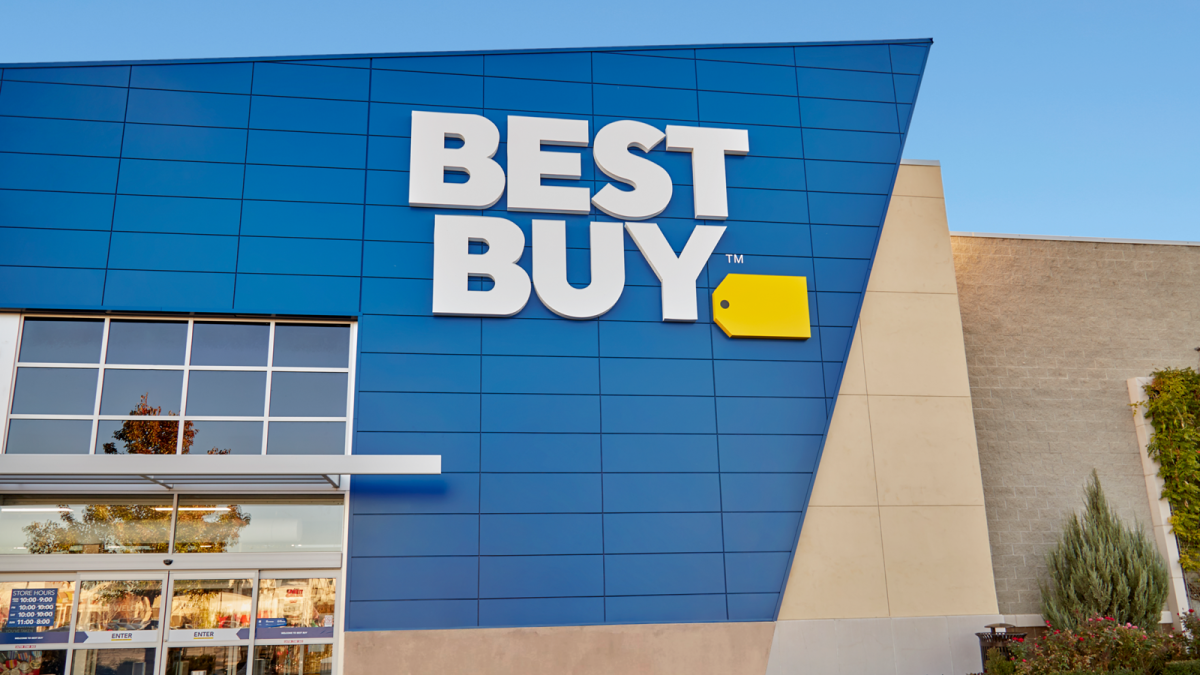The gaming PC ecosystem should benefit greatly from the forced transition to Windows 11, an analyst firm wrote Friday, with a 35 percent increase in hardware sales alone during 2025. But there are clouds on the horizon: Over the next five years, millions will leave PC gaming entirely.
Jon Peddie Research, which has followed the PC graphics market for decades, issued the incredibly optimistic result on Friday. The company’s prediction is that the market for global PC-based gaming hardware — which includes desktops and notebooks, DIY, and peripherals/accessories, JPR said — will grow 35 percent in 2025 to $44.5 billion.
And the actual spending by consumers could be even more. “JPR applies a purchase motivation model to the PC gaming hardware market, which calculates financial market magnitude based on the customers’ intent to play video games with the hardware,” the firm said in a release. “As a result, JPR’s data is conservative in relation to total PC hardware expenditure.”
JPR’s report comes a day after market researcher Canalys predicted that consumer PC sales in the United States alone will dip by 3.9 percent in 2025 to 25.284 million units, then grow 5.4 percent in 2026 to 26.651 million. Rival market researcher IDC forecast flat U.S. PC sales for the second quarter, though a 6.5 percent increase for the worldwide PC market.
Tariffs have roiled the U.S. economy, including the PC market, boosting and lowering sales as they have come and gone. But retail sales in August did climb 0.6 percent, more than expected.
Best Buy CEO Corie Bary told Yahoo Finance that shoppers were looking for deals. “We see almost everyone looking for value now,” Barry said. “We actually are seeing a consumer… bifurcated a bit, [that’s] still willing to spend if they really feel like it’s a great value.”

Best Buy
JPR, however, took into account PC sales as well as DIY components and accessories, all of which has been affected by the Windows 10-to-Windows 11 transition, which goes beyond the financial cost.
“Never before in the history of the Microsoft Windows operating system has there been a forced hardware migration requirement,” said Ted Pollak, JPR’s senior analyst of game tech, in a statement. “And this cannot be solved by swapping out a graphics card. It requires a CPU upgrade for over 100 million gamers, which, in turn, requires a motherboard upgrade and most likely RAM as well.”
Pollak said that most PC gamers are simply buying new prebuilt systems. But those who built their own systems are prepared, too.
The DIY gamers are also prepared for this transition, and many have been building new computers alongside their existing Windows 10 PCs, instead of trying to Frankenstein their current systems,” Pollak said. “This allows them to continue using their PC until their Windows 11 builds are complete.”
Trouble on the horizon?
JPR has tracked PC graphics for more than 30 years, and the company reported earlier that Intel’s share in PC graphics had sunk to essentially zero.
The future, however, looks less rosy to JPR’s president, Jon Peddie. Peddie said that the firm is projecting a “significant decrease in entry-level PC gaming” over the next five years, reducing the number of entry-level gamers by 13 percent.
“Included in this drop are over 10 million people leaving the PC platform entirely,” Peddie said in a statement. “Consoles, handhelds, and mobile all offer compelling value for the budget-limited gamer. However, a few million entry-level defectors are not actually leaving the PC platform but are migrating to the more expensive hardware tiers of midrange and high-end PC hardware.”